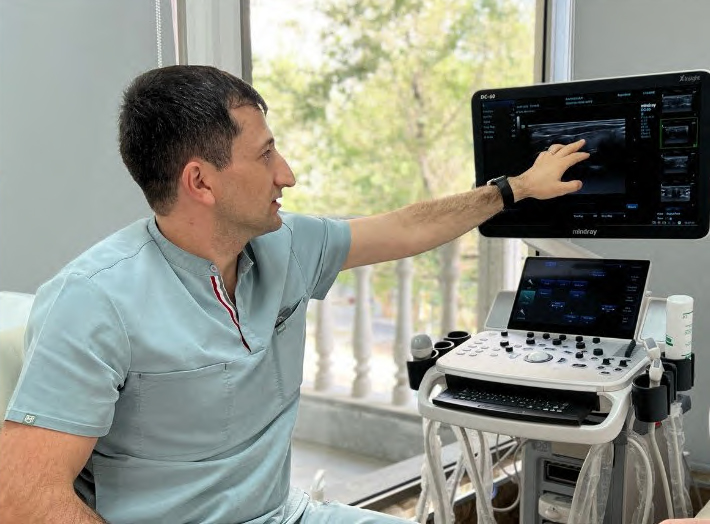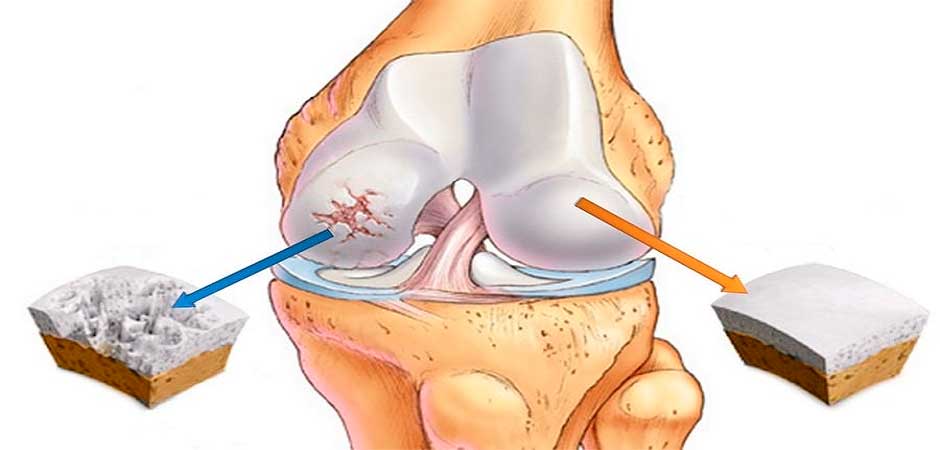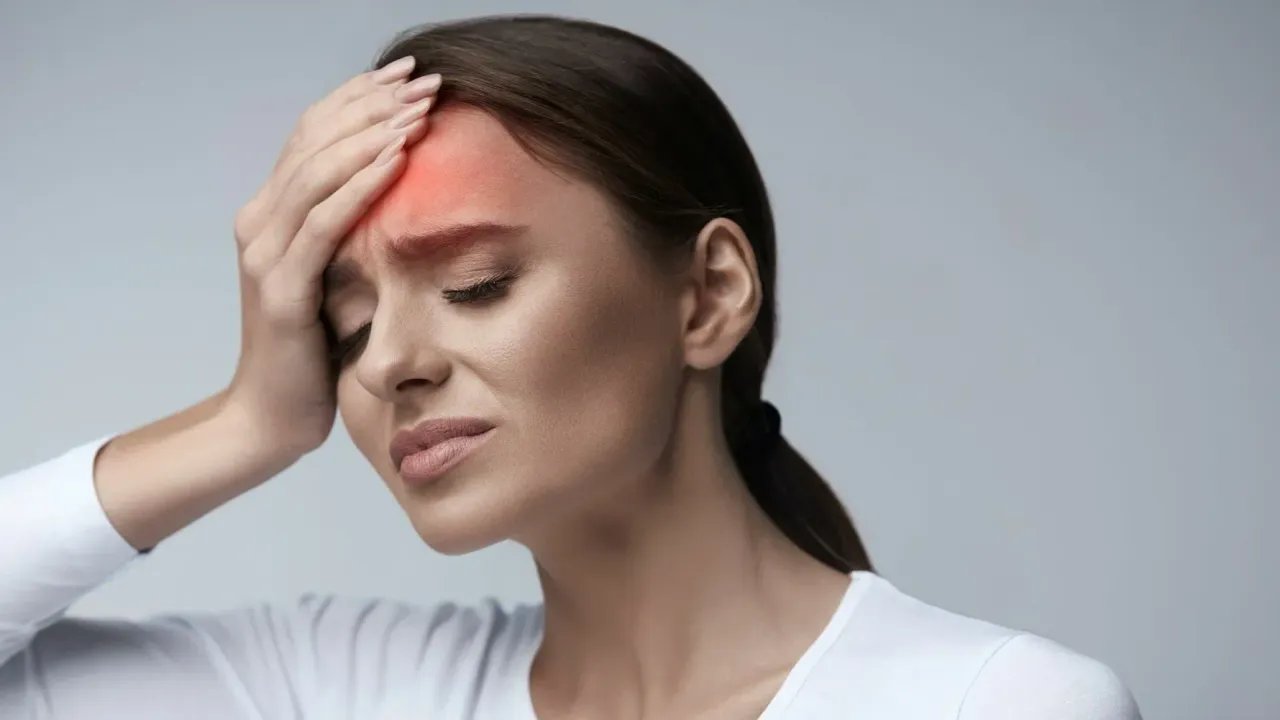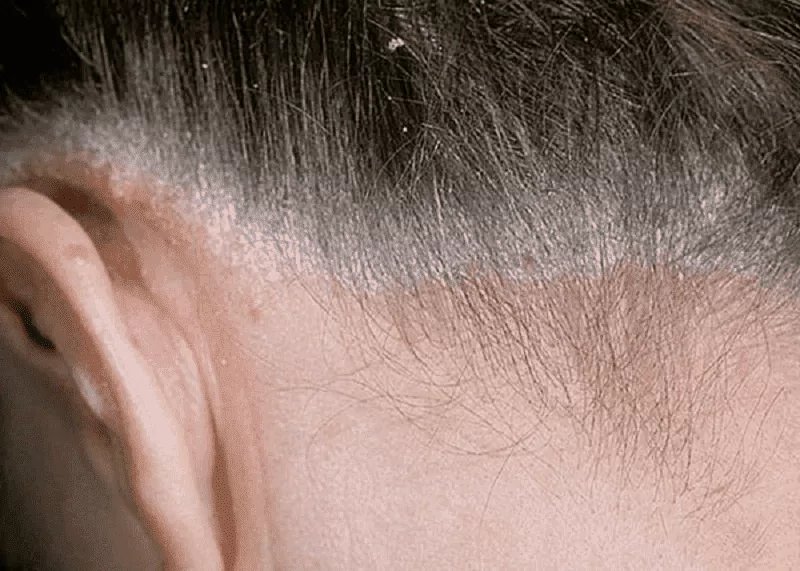AUDIOMETRY IN ARMENIA, VITAMED MC
16 July 2025, Wednesday
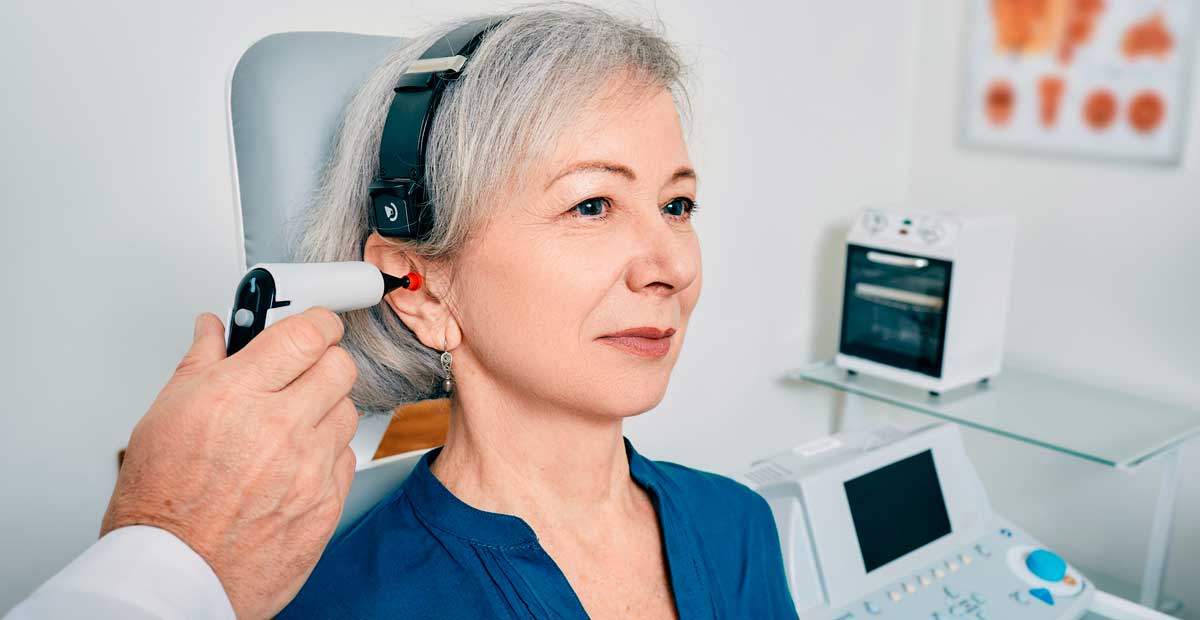
Audiometry is the primary method for diagnosing hearing disorders, allowing objective assessment of auditory function and identification of disturbances of various etiologies. It is used for diagnosing both sensory and conductive hearing impairments and is an indispensable tool in the otolaryngologist's arsenal for making an accurate diagnosis and prescribing effective treatment.
1. Goals and objectives of audiometry
The goal of audiometry is to measure the hearing threshold at various frequencies and under different conditions, which allows the determination of the degree of hearing loss and the type of disturbance (sensorineural or conductive). The objectives of audiometry are:
- To determine the hearing thresholds at low, mid, and high frequencies.
- To identify the nature of hearing impairment (sensorineural, conductive, or mixed).
- To assess the response to sound stimuli in various acoustic conditions.
2. Methods of audiometric examination
Audiometry can be performed using various techniques and equipment, depending on the clinical situation and the patient's age.
- Pure-tone audiometry is the primary method for determining hearing thresholds at various frequencies (from 125 Hz to 8000 Hz) through air and bone conduction. This method helps to detect hearing loss and determine its nature (sensorineural or conductive).
- Speech audiometry is an addition to pure-tone audiometry and is used to assess the patient's ability to perceive speech in different noise levels. During this test, the patient must distinguish words or phrases at different volume levels, which helps evaluate their ability to understand speech in real-life conditions.
- Otoacoustic emissions and acoustic reflexometry are additional methods that can be used to diagnose inner ear pathology and assess the condition of the auditory nerve.
3. Equipment and preparation
Specialized equipment is required for audiometric examination, including:
- Audiometer – a device that generates sound signals of various frequencies and intensities.
- Headphones and bone vibrators – for testing air and bone conduction, respectively.
- A soundproof room – to ensure minimal external noise interference in the results. The patient preparation conditions must be followed:
- The patient should be informed about the goals and process of the examination.
- It is important that the patient is relaxed and not under stress, as this can affect the results of the test.
- Ideally, the patient should not take medications that affect hearing (e.g., certain antibiotics or diuretics) prior to the examination.
4. Features of audiometry in different patient groups
- Children: For young children, modified methods such as play audiometry or behavioral audiometry are often used, which allows assessing sound perception in young children.
- Elderly patients: Age-related hearing loss should be considered, as it may affect the accuracy of sound perception. It is also important to consider the presence of comorbidities, such as arthritis or cognitive disorders.
- Patients with psycho-emotional disorders: Stress and nervous tension can significantly affect the results of audiometry, so these patients should be examined in conditions that ensure maximum comfort and calm.
5. Conclusion and recommendations
Based on the results of audiometry, the otolaryngologist should provide a detailed conclusion, which should include:
- Results of the hearing threshold measurements at all tested frequencies.
- The nature of the hearing impairment (sensorineural or conductive).
- Recommendations for treatment or rehabilitation (e.g., hearing aid prescription, consultation on the possibility of cochlear implantation, or referral for additional studies).
It is important that audiometry is part of a comprehensive diagnosis, including the patient's medical history, clinical picture, and other diagnostic tests.
An accurate and timely diagnosis allows for the selection of optimal treatment and improves the quality of life for patients with hearing impairments.
It is recommended to regularly conduct audiometric examinations as part of preventive check-ups, especially for individuals at risk of developing hearing disorders (e.g., workers in noisy environments, elderly people, and patients with chronic ear conditions).
Audiometry cost in VitaMed MC (Yerevan, Charentsavan, Stepannavan)
| Audiometry |
8000 amd |
| Tympanometry and audiometry |
12000 amd |

Tatevik Martirosyan, ENT doctor and pediatric doctor
Tatevik Martirosyan, ENT Specialist
Education
- Postgraduate studies, National Research Institute of Otorhinolaryngology, Moscow, Russia, 2017–2020
- Clinical Residency, National Research Institute of Otorhinolaryngology, Moscow, Russia, 2015–2017
- Medical degree, Pirogov Russian National Research Medical University, Russia, 2009–2015
Professional Experience
- ENT Specialist, Vardanants Innovative Medical Center, Yerevan, Armenia, 07.06.2024–28.11.2024
- Part-time ENT Specialist, Euromedservice Multidisciplinary Clinic, Moscow, Russia, 01.10.2023–01.02.2024
- ENT Specialist, IMMA Multidisciplinary Clinic, Moscow, Russia, 10.10.2022–01.02.2024
- ENT Specialist, ABC Medicine Multidisciplinary Clinic, Moscow, Russia, 10.01.2020–01.10.2022
- National Research Institute of Otorhinolaryngology named after L.I. Sverzhevsky, Moscow, Russia, 01.10.2018–01.12.2019
- Moscow Polyclinic No. 22, Branch No. 3, Russia, 01.09.2017–01.09.2018
Teaching Experience
- Clinical Practice, 4th-year students, National Research Institute of Otorhinolaryngology, Moscow, Russia, 2019
Academic Activities
- Ongoing Professional Development, Ministry of Health of Armenia, 11.01.2024–11.02.2024
- Qualification Upgrade in Otorhinolaryngology, Continuing Medical Education, Moscow, Russia, 18.01.2023–11.01.2024
- Advanced Training in "Emergency Otorhinolaryngology," Professional Development Academy, Moscow, Russia, 22.11–29.11.2021
- Advanced Training, Professional Development Academy, Moscow, Russia, 01.12–24.12.2020
Scientific Publications
- Published works in medical journals
- 3 patents
- "Method for assessing congenital immunity in patients with recurrent exudative otitis"
- "Endoscopic treatment of the auditory tube"
- "Silicone prosthesis for tympanic cavity formation"
- Methodological Contributions to Otorhinolaryngology:
- "Selection of methods to assist in stapedoplasty in patients with otosclerosis", 2020
- "Diagnosis and treatment of middle ear injuries in the outpatient setting", 2020
- "Otoscopy in emergency medical practice", 2018
- "Atypical middle ear inflammation: clinical features and diagnosis", 2018
- "Features of stapedoplasty in patients with tympanosclerosis", 2018
Awards
- Director's gratitude from the National Research Institute of Otorhinolaryngology for diligent work, professionalism, and sensitivity towards patients, 22.04.2019
- 2nd place diploma in the Young Otorhinolaryngologist Scientific Works Competition for the report "Syndrome of the patulous auditory tube and its treatment", 2019
 50
50



